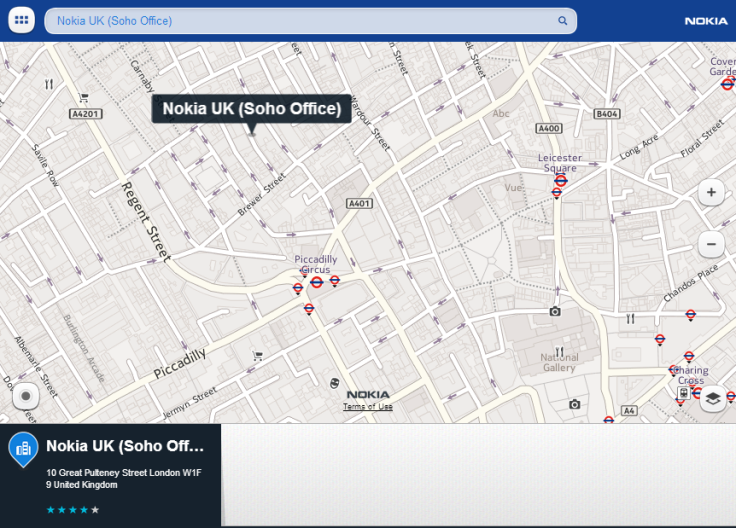Nokia Maps Uses Data From UPS and Fedex Trucks
Apple maps has come under fire for its lack of accurate and up-to-date information, and while Google is considered to be the market leader we're all forgetting one major competitor, one that has a trick up its sleeve. Nokia.

Nokia as a mobile phone manufacturer has had a hard few years; it's market value has shrunk 92 percent since 2007 and its Lumia series of smartphones has so far failed to steal much limelight from Apple and Google, but it's mapping credentials should not be underestimated.
In 2007 the Finnish firm bought geographical information systems (GIS) company Navteq for $8bn, a figure that isn't far behind Nokia's current valuation of $10bn.
These two figures make awful reading for shareholders, but in the medium- to long-term it could be this vast investment that will save the company more than its upcoming Lumia phones with Windows Phone 8 ever will.
Nokia is in the driving seat, not Google
You may well be impressed to hear that Google's famous, and sometimes controversial, Street View cars have clocked up five million miles to date, but that's nothing compared to the 3.3 billion miles UPS delivery truck drivers cover every year.
And why is this relevant? Nokia receives GPS data from both UPS and Fedex trucks the world over.
In an intriguing interview with The Atlantic, Nokia's senior VP of location content, Cliff Fox, said: "We get over 12 billion probe data points per month coming into the organisation. We get probe data not only from commercial vehicles like FedEx and UPS trucks, but we also get it from consumers through navigation applications."
Data, which includes the location, direction and speed, is collected from delivery trucks between every five and 15 seconds and is used by Nokia to help identify changes to the road network and traffic conditions to make congestion predictions more accurate.
This year alone Nokia has used the delivery truck data to identify 65,000 complete roads and in the future it hopes to extract up to 30 different attributes from the GPS data, not just speed, location and direction.
Keeping up with the fourth dimension
Providing comprehensive, detailed 3D maps is only one part of the equation - keeping them up to date is equally as important and could be where Apple's iOS 6 maps have fallen down.
"To build it the first time is relatively the smaller task compared to maintaining that map," Fox told The Atlantic.
The Nokia vice president added that he doubts Apple's claims of its maps being 99 percent accurate are true, or indeed possible.
"I'd be shocked [if Apple had 99 percent accurate]. You have real world change. From the time you collect to the time it ends up in the consumer's hands, there will be more than one percent change."
Nokia may have an uphill struggle on its hands in the smartphone hardware market, but where mapping is concerned, the company looks to be on the right track.
© Copyright IBTimes 2024. All rights reserved.






